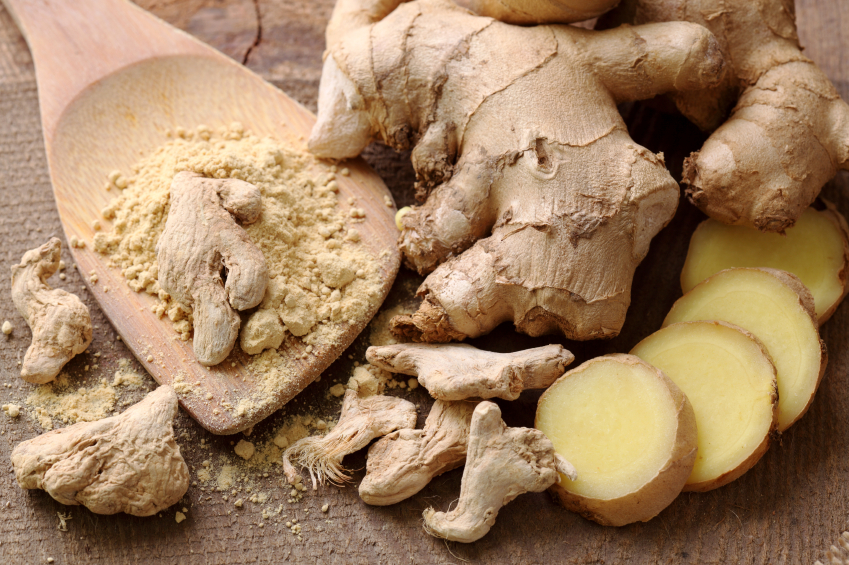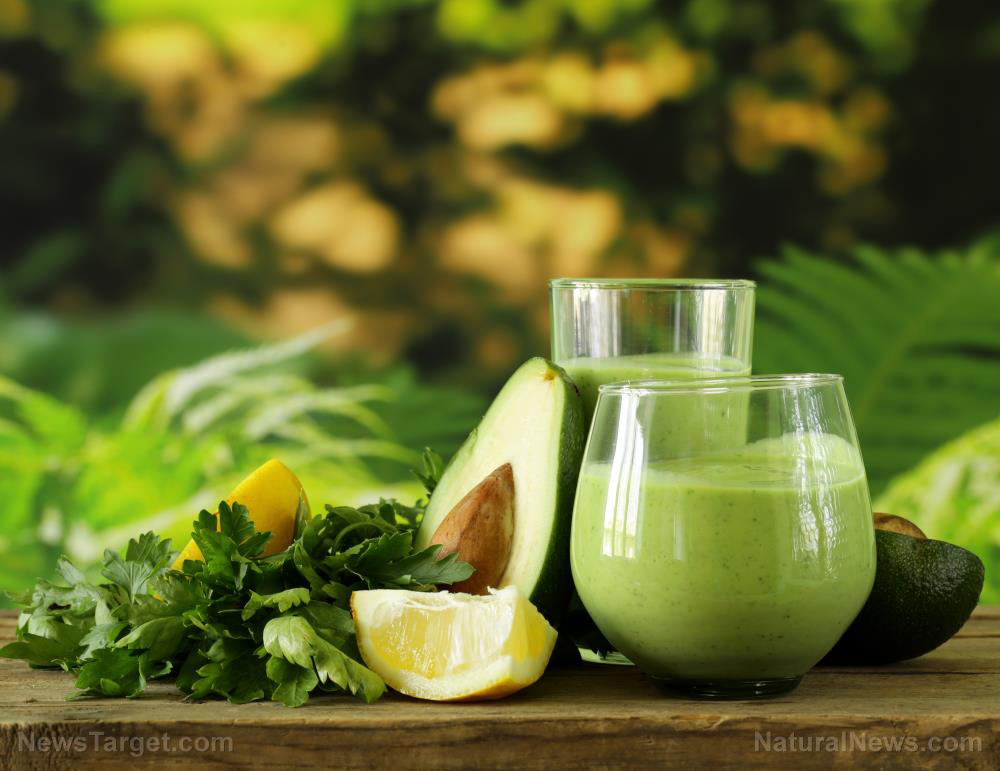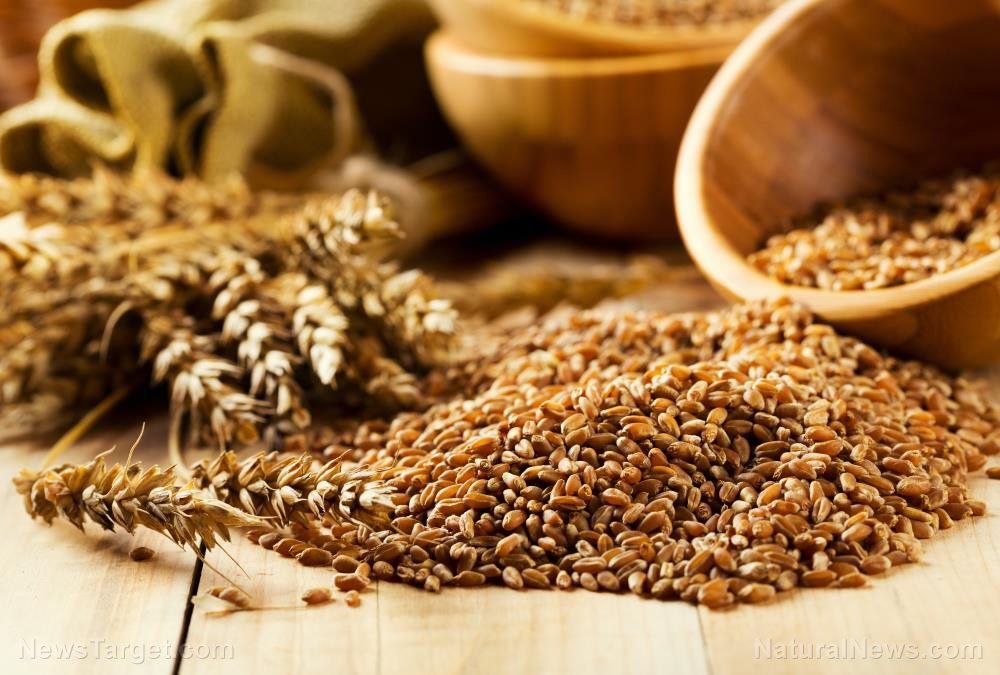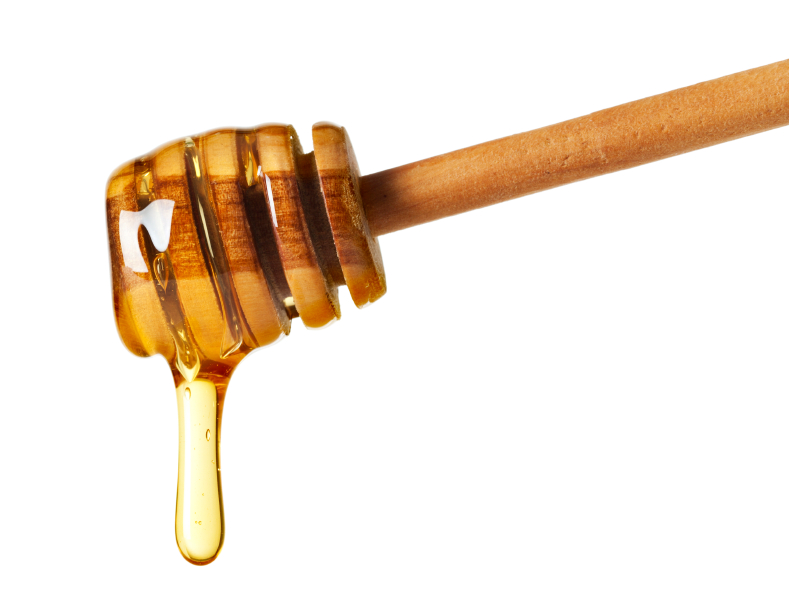Scientists stunned as dried leaves achieve 100% CURE RATE among critically ill MALARIA patients after all pharma drugs failed
04/24/2017 / By Mike Adams

When all pharma drugs failed to do anything for Congo patients infected with drug-resistant malaria, a courageous local doctor dared to prescribe the ground leaves of the Artemisia annua plant instead. The plant is commonly known as sweet wormwood or sweet annie.
The plant-based medicine achieved a 100% cure rate, and all 18 patients fully recovered. Details of the stunning success of plant-based medicine to cure patients where pharmaceutical drugs completely failed are published in a study entitled, “Artemisia annua dried leaf tablets treated malaria resistant to ACT and i.v. artesunate: case reports.” The study was led by Pamela Weathers, PhD, professor of biology and biotechnology at the Worcester Polytechnic Institute (WPI). See the published study abstract and author details at this link at ScienceDirect.com, and watch the video below for more details.
Big Pharma left all patients to DIE from failed pharmaceuticals
Details of the study are described at this link from WPI, which states:
When the standard malaria medications failed to help 18 critically ill patients, the attending physician in a Congo clinic acted under the “compassionate use” doctrine and prescribed a not-yet-approved malaria therapy made only from the dried leaves of the Artemisia annua plant. In just five days, all 18 people fully recovered. This small but stunningly successful trial offers hope to address the growing problem of drug-resistant malaria.
“To our knowledge, this is the first report of dried-leaf Artemisia annua controlling ACT-resistant malaria in humans,” the authors of the Phytomedicine paper note, adding that more comprehensive clinical trials on patients with drug-resistant malaria are warranted. “Successful treatment of all 18 ACT-resistant cases suggests that DLA should be rapidly incorporated into the antimalarial regimen for Africa,” they added, “and possibly wherever else ACT resistance has emerged.”
As the paper details, all 18 patients would have likely DIED if left to conventional Big Pharma drugs:
The 18 patients, ranging in age from 14 months to 60 years, did not respond to the standard ACT treatment, and all lapsed into severe malaria, defined by symptoms that can include loss of consciousness, respiratory distress, convulsions, and pulmonary edema. One patient, a five-year-old child, became comatose. All were then treated with intravenously administered artesunate, the frontline medication for severe malaria, but again they showed no improvement.
As a last resort, doctors turned to dried-leaf Artemisia (DLA), a therapy developed and extensively studied by Weathers and her team at WPI. After five days of treatment with tablets made from only the dried and powered leaves of Artemisia (which has been prepared and analyzed using methods developed by Weathers and postdoctoral fellow Melissa Towler), all 18 patients fully recovered. Laboratory tests showed they had no parasites remaining in their blood. (Weathers noted more than 100 other drug-resistant patients also have been successfully treated with DLA tablets.)
“These 18 patients were dying,” Weathers said. “So to see 100 percent recover, even the child who had lapsed into a coma, was just amazing. It’s a small study, but the results are powerful.”
How many people have died from preventable malaria so that Big Pharma could protect its drug profits?
In many ways, modern medical science is vastly more ignorant and illiterate than the medical science of indigenous civilizations that have inhabited our planet for tens of thousands of years. While modern medicine is only beginning to discover the astonishing healing potential of botanicals, Amazonian tribes, African cultures and Chinese medical practitioners have long used Artemisia as medicine. It’s part of indigenous cultural knowledge that spans the globe.
This amazing CURE for malaria can be achieved simply by eating the leaves of the plant. No vaccine required. No prescription. No pharmacies and no doctors. “If you eat the dried leaves of the plant, it works just as well or better than the pure drug,” explains Pamela Weathers, PhD.
If this simple plant — which grows in the wild in regions where malaria is endemic — is clearly capable is astonishing cure rates, why hasn’t the World Health Organization promoted the plant to save thousands of lives a year? Why don’t U.S. medical schools teach the truth about this natural plant-based cure? Why don’t governments allow accurate medical claims that admit this natural plant can treat and cure a serious, life threatening disease?
The answer is because malaria drugs are highly profitable for Big Pharma, and they don’t want to give up those profits. So they outlaw plant-based medicines, even when they are vastly superior to every drug the pharmaceutical industry can come up with.
People die, in other words, while Big Pharma protects its monopoly profits by censoring the truth about natural medicine. At the same time, the U.S. Food and Drug Administration maintains its ludicrous claim that there’s no such thing as any plant, nutrient or vitamin that can treat, prevent or cure any disease whatsoever. The FDA, in other words, does not believe in cause and effect.
By the way, malaria isn’t the only deadly disease that can be cured with natural remedies. It also turns out that even cancer can often be reversed and cured with the help of plant-based medicine. But if that secret got out, how would the cancer industry continue to earn hundreds of billions of dollars in profits, selling chemotherapy drugs that poison patients for profit? Read up on the real story behind Big Pharma’s drug cartels at DrugCartels.news.
WPI claims it “developed” this plant based medicine, but Chinese Medicine documented the same malaria cure over FIVE CENTURIES ago
One thing I find a bit odd on all this is how the Worcester Polytechnic Institute claims it “developed” this plant therapy. From the press announce, WPI says, “Patients with Drug-Resistant Malaria Cured by Plant Therapy Developed at Worcester Polytechnic Institute.”
But Traditional Chinese Medicine has used Artemisia annua for literally thousands of years as a medicine to cure various diseases, including malaria. In TCM, it’s called Qing Hao (青蒿). The Chinese were documenting the use of this herb to cure disease centuries before the FDA and drug companies even existed.
For example, the “Ben Cao Gang Mu – Compendium of Materia Medica,” which cites Artemisia in multiple medicinal formulas, was written in — get this — the 1500s, more than five centuries ago. From Ancient Origins:
…this piece of work, and the empirical approach employed by Li in his research and fieldwork have profoundly influenced the development and study of modern natural science. For instance, classification standards and the way materia medica should be compiled and formatted were laid down for the first time. This has been crucial in enhancing the credibility, scientific value, and accuracy of the biological classification of both flora and fauna. Its importance is also evident in the fact that it has been translated into all the languages of the Far East, as well as the principal Western languages. Despite being over 400 years old, the Ben Cao Gang Mu is still being used as a monumental reference work. Thus, the longevity of this work and its influence beyond the borders of its land of origin demonstrates that this was an incredible achievement.
For those of you who can read Chinese, here’s a description of treating malaria with Artemesia as written centuries ago:
《本草綱目》:「治瘧疾寒熱。」
So it seems highly suspicious that the WPI claims to have “developed” this cure in 2017, when ancient Chinese physicians were using it centuries ago as a regular part of their medicinal treatments to cure disease, halt pandemics and save lives (all without vaccines, of course). If anything, WPI researchers simply rediscovered ancient Chinese medical wisdom that the Western academic world has long sought to erase from human history in order to protect the profits of the pharmaceutical cartels.
Be wary any time you see a university or institute claiming it “developed” something that was merely found in nature. In truth, Mother Nature developed this natural cure, just as it has developed thousands of others. Humanity is foolish to ignore these cures, and researchers are arrogant to claim they “developed” botanical medicines that have clearly been documented for centuries. Follow more news on natural herbal medicine at Herbs.news.
Submit a correction >>
Tagged Under:
This article may contain statements that reflect the opinion of the author
RECENT NEWS & ARTICLES
COPYRIGHT © 2017 SUPER FOODS NEWS





















